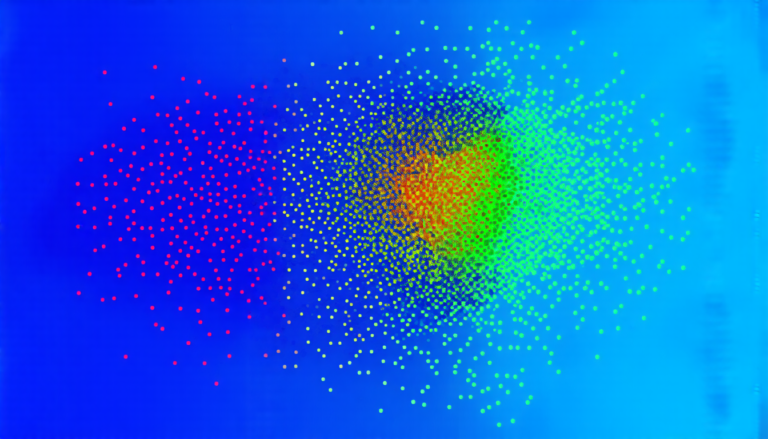Sunday 25 May 2025
As data scientists, we’re often faced with the daunting task of making decisions based on imperfect information. This is especially true when working with real-world datasets, which can be riddled with errors and biases. A new paper offers a powerful tool to help us navigate these uncertain waters: confidence in decision (CID) analysis.
In essence, CID analysis allows us to assess how confident we should be in our decisions given the limitations of the data we’re working with. This might seem like an obvious requirement, but it’s surprising how often data scientists gloss over potential sources of error and uncertainty.
The authors of the paper propose a framework for conducting CID analyses that takes into account not just the quality of the data, but also the assumptions built into our statistical models. By doing so, we can better understand the sensitivity of our conclusions to these assumptions, and make more informed decisions as a result.
One key insight from the paper is the importance of considering multiple sources of uncertainty. In many cases, data scientists focus solely on the error rates associated with individual measurements or observations. But what about the bigger picture? What if our entire dataset is biased in some way, or if our statistical model is fundamentally flawed?
The authors argue that CID analysis should take a more holistic approach, accounting for both data-level uncertainty and model-level uncertainty. This might involve simulating different scenarios to see how our conclusions change under varying assumptions, or using sensitivity analyses to test the robustness of our findings.
A key example from the paper illustrates this concept in action. Suppose we’re trying to determine whether a new policy has led to an increase in childhood lead exposure. We might collect data on blood lead levels for a sample of children, but what if there’s missing data or measurement error? How confident can we be in our conclusions given these limitations?
Using CID analysis, we could simulate different scenarios to see how our estimates change under varying assumptions about the quality of the data. This might involve assuming that some measurements are incorrect, or that certain subgroups of children are more likely to have missing data.
By doing so, we can gain a better understanding of the uncertainty surrounding our conclusions, and make more informed decisions about policy interventions. This is particularly important in fields like public health, where even small changes in estimates can have significant implications for policy and practice.
The paper’s authors also highlight the importance of transparency and communication in CID analysis.
Cite this article: “Navigating Uncertainty: A New Tool for Confidence in Decision Analysis”, The Science Archive, 2025.
Uncertainty, Decision-Making, Data Quality, Confidence Intervals, Statistical Modeling, Bias, Error Rates, Sensitivity Analysis, Simulation, Transparency, Communication







